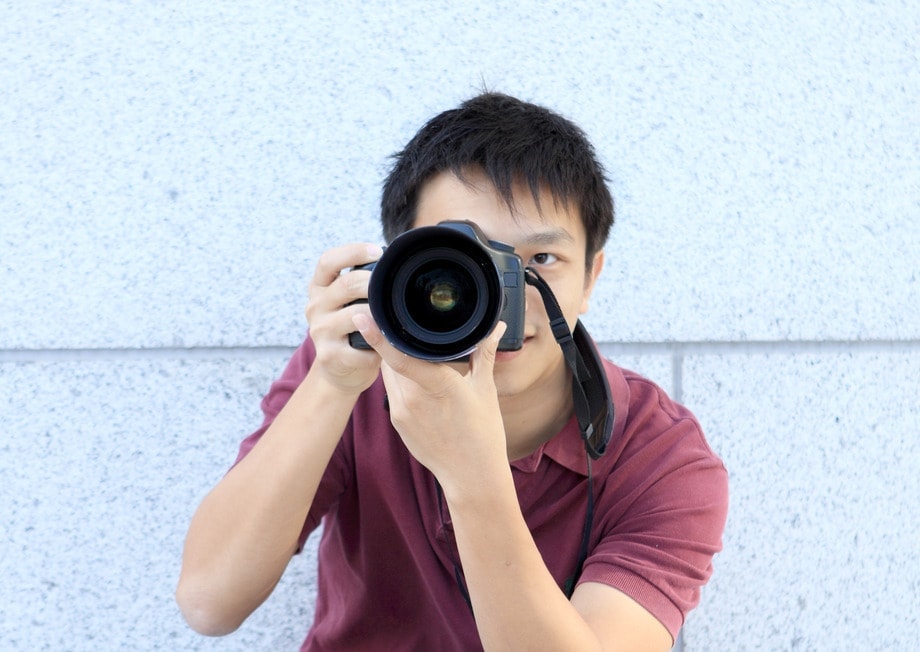Editor's Note: I have given myself a couple of weeks of vacation ? (soon I will upload testimonial photos to my Flickr gallery). For now, I'll leave you with an article from the archive about some of the "deceptions" with which camera manufacturers try to deceive the small buyer.
When it comes to wanting to buy a camera, many wonder what functions or characteristics they should take into account when comparing a camera. People get lost in complicated camera terminology and what they are looking for is a camera that will help them get good photos and is well priced. Point.
However, every camera brings some features/functions that in my humble opinion ARE USEFUL NOTHING (I know that this phrase will raise controversy hehehe) and the only thing they achieve is that we pay A MORE EXPENSIVE PRICE for some useless functions.
Do you want to find out what they are?
4 BIG HOAXES FROM DIGITAL CAMERA MANUFACTURERS
THE MEGAPIXEL HOAX
Many megapixels do not necessarily mean better quality. The megapixels are used so that the photo maintains a good quality even if it is going to be printed in a large format. Therefore, it is true that the larger the size in which we are going to print the photo, the greater number of megapixels we will need. Ok, but to tell you the truth, most digital cameras today have more than enough megapixel count for the use and printing that a particular person might need. 8 megapixels are more than enough, 10 megapixels do the job to spare. Why do I want a 28 megapixel camera? Am I going to print the photo on a giant poster that I will hang on huge billboards? If that were the case, yes, it would be nice to have a lot of megapixels, otherwise 8 megapixels,
The megapixel thing is therefore nothing more than nonsense that manufacturers use to make us pay more. As long as you have an 8-megapixel camera in your hands, they will be enough for you. If the camera has more megapixels but for the same price, great, but never pay a higher price just for having more pixels.
THE “INTERPOLATED” MEGAPIXELS
This is another deception from camera manufacturers. This time the deception is worse. It is about the interpolated megapixels, it means that the camera has “real” megapixels, for example 10, but in addition to that the camera is capable of “forcing” those 10 megapixels to make them appear more. This is another nonsense because what really matters regarding the megapixels is how many REAL megapixels the camera has, and as we have seen in the previous point even this is not so relevant from a given moment, but forced or "interpolated" megapixels that is ABSOLUTELY USEFUL NOTHING, because there the only thing the camera does is enlarge the photo “imagining” more megapixels, sacrificing the quality of the photo.
DIGITAL ZOOM
In photography, the only zoom that matters is the optical one, the real zoom. Apart from the optical zoom, there is what is called digital zoom, which has no utility. At most the digital zoom all it does is enlarge the image, causing it to lose sharpness and quality. For that it is better to take the photo and then enlarge it on the computer afterwards.
Those of you who are going to buy a digital SLR camera will never have this problem because in SLR cameras the only zoom there is is the lens and it is totally optical.
ISO SENSITIVITY
In principle, the ISO sensitivity of a camera helps to capture photos in low light conditions (for example, a sunset, or a corner with very little light). In this type of case it is recommended to raise the ISO value of the camera and normally we would see, as if by magic, how the photo comes out more illuminated.
When we have enough light, we usually leave the ISO at a low value (like 100 for example) or automatic. When we see that there is less light, we raise it to a slightly higher value, for example 200.. If the conditions are very dark, we may have to raise it a little more, 400 for example.
The problem arises because the more we raise the ISO value, the more noise appears in the photo. This is so. No camera today has managed to offer high ISO values without these being accompanied by noise that totally spoils the photo.
So it's like with megapixels: we need to have a minimum ISO on the camera, but it's not essential to get to very high ISO numbers, basically because we'll never use them, shooting at extremely high ISOs will make our photo come out crowded. of noise.
On the other hand, we have a flash on the camera for a reason. This will always be in charge of illuminating our frames and ensuring that we practically never need to resort to ISO. Another solution is to shoot at a slower shutter speed, open the diaphragm. In short, there is no lack of solutions to capture light, but do not be fooled by the ISO scam (unless they show you with photos-proof shots at extremely high ISOs without any noise appearing).
MORAL
There is no need to be obsessed with the features of the camera. A good photo is not taken by the camera, it is taken by you.
If you liked this article, share it with your friends. Maybe it will come in handy for someone who is about to buy a camera ?


